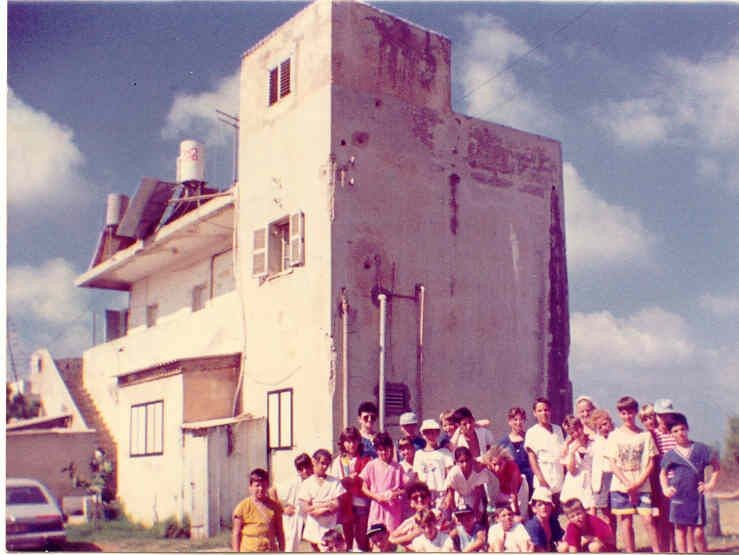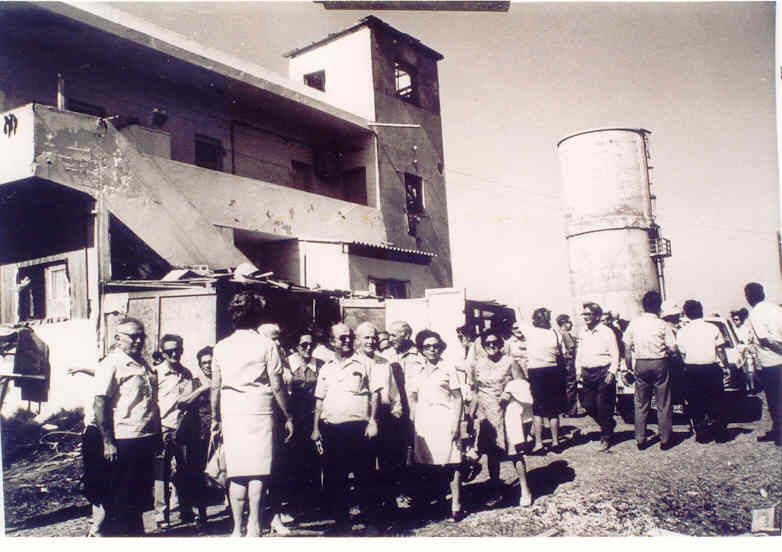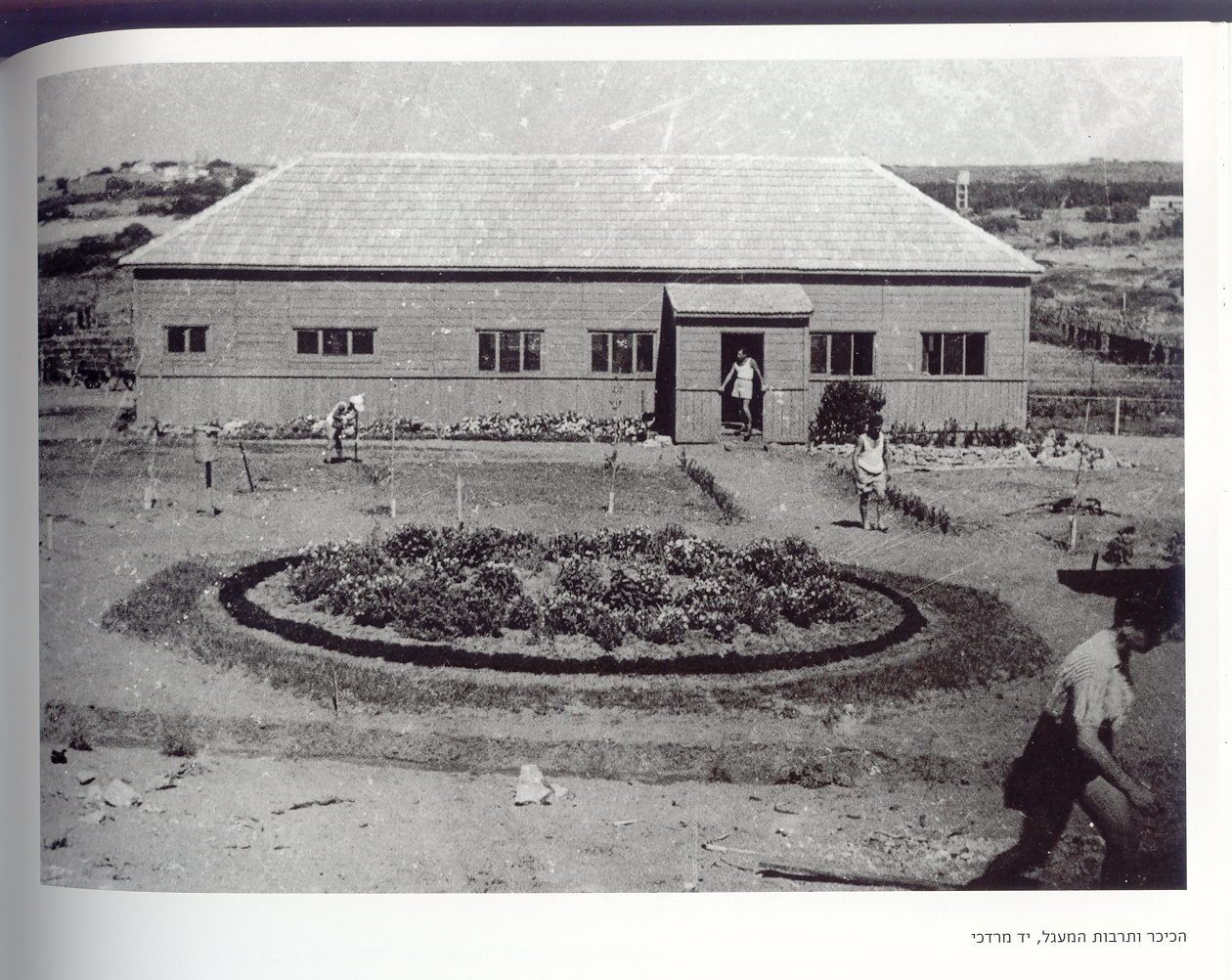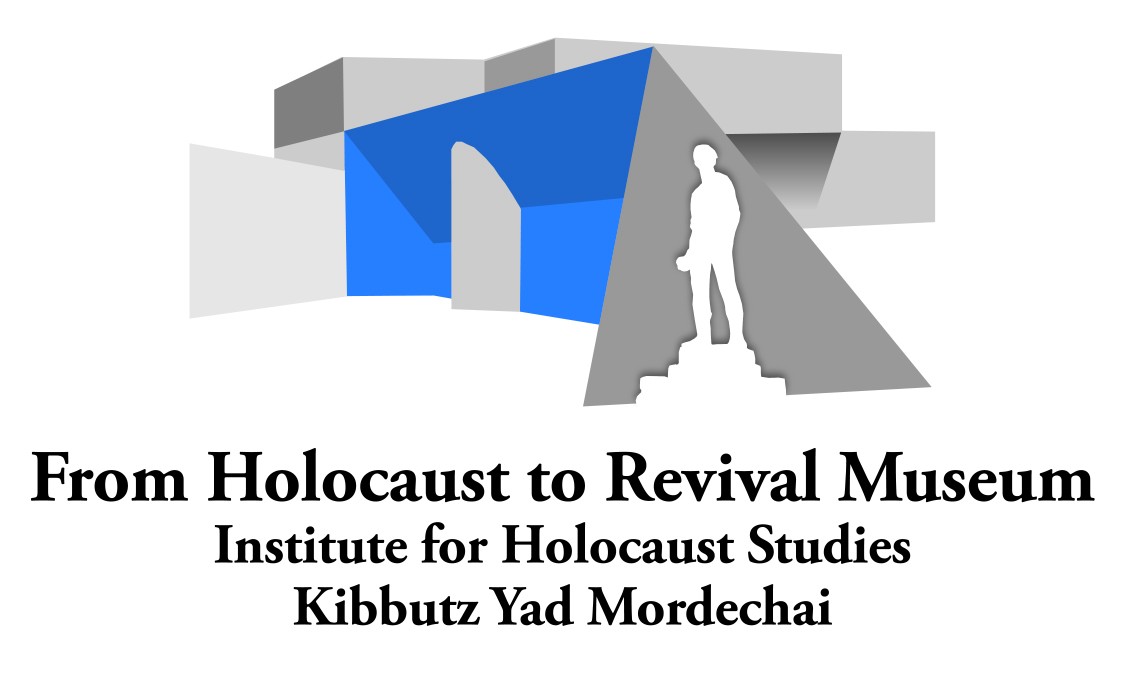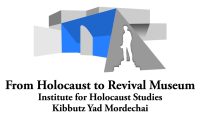Kibbutz Yad Mordechai: From Holocaust to Revival, Standing Strong
The story of Kibbutz Yad Mordechai begins with the arrival of approximately 150 Hashomer Hatzair youth movement graduates from Volhynia and Galicia in Poland, who immigrated to Mandate Palestine with the aim of establishing a kibbutz. The kibbutz was founded in 1936, initially near Netanya, and was known as “Mitzpe Hayam.”
The kibbutz members resided in this temporary location for seven years until, in December 1943, they fulfilled their dream of permanently settling on the land in the northern Negev. Upon settling at its permanent location, the kibbutz’s name was changed to Yad Mordechai, in memory of Mordechai Anielewicz, the commander of the Jewish Fighting Organization (Zydowska Organizacja Bojowa – ZOB) during the Warsaw Ghetto Uprising. Anielewicz, a member of Hashomer Hatzair, was killed in May 1943, in the course of the Uprising.
Five years later, in May 1948, during Israel’s War of Independence, the kibbutz members faced an existential challenge and fought courageously for six days in an effort to repulse the attempts of the Egyptian army to conquer the kibbutz and to acquire control of the road from Gaza to the country’s central region (Rt. 4).
Before the battles began, and after a stormy debate on the matter, the members of the kibbutz decided to evacuate the children to Kibbutz Ruhama, which was located out of the line of fire.
The fierce battles claimed the lives of 18 kibbutz members and eight Palmach fighters. As a result of their stubborn resistance, the fighters managed to slow the Egyptian army’s advance toward the center and the north of the country, making it possible for I.D.F. forces to halt the forces south of Ashdod, at a junction that is still known today as “ad halom,” meaning “no further.”
The water tower, which was built on a hill at the heart of the kibbutz and was shelled by Egyptian cannons, collapsed partially and over the years became a symbol of Kibbutz Yad Mordechai. In 1951, a monument by sculptor Nathan Rapoport was erected beside it, in memory of Mordechai Anielewicz. In 1965, a site re-creating the battle of 1948 was opened to visitors, and the From Holocaust to Revival Museum opened its doors in 1968. The museum was built beside the military cemetery in which the fallen of 1948 are buried.
The members of the kibbutz viewed the commemoration complex as a fundamental part of the fabric of the settlement and an expression of the connection between the events of the Holocaust and the days of revival.
Even today, the kibbutz’s close proximity to the border with Gaza, and its location in the Gaza Envelope region, impacts the lives of the residents and the children of the kibbutz. This is most notable during the periods of escalation that subject the entire region to rocket and missile attacks. The resilience of the residents and their love for the place are what gives them the strength to meet the ongoing security challenge.
In 2023, the population of the kibbutz stood at 900 members and residents. The generation of founders (born between 1913 and 1915) have passed away, with the last surviving founder passing in January 2016. Today, the kibbutz is home to second, third, and fourth generation founders, as well as the members of settlement groups from South America and Bulgaria that joined the kibbutz after its establishment.
Kibbutz Yad Mordechai operates educational institutions in which children from the region are educated along with kibbutz children, from infancy through high school.
The kibbutz’s income is generated by a multiplicity of work branches:
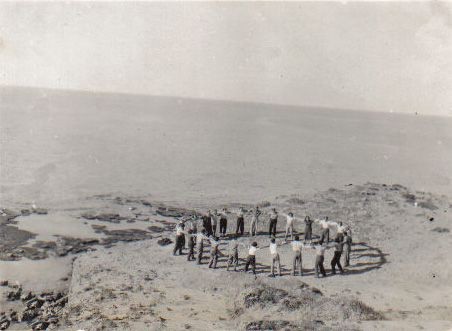
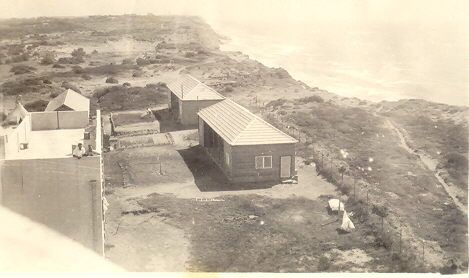
Agricultural cultivation
including potatoes, wheat, corn, cotton, chickpeas, peas, peanuts, sorghum, avocado, and citrus fruit.
Animal branches
including a dairy and a fattening pen for cattle.
Yad Mordechai’s apiary
which is currently the largest apiary in Israel, has 5,000 hives. It raises bumblebees for pollinating cultivated plants in hothouses, particularly cherry tomatoes.
Heritage and tourism sites
The “From Holocaust to Revival” museum; the 1948 battle re-creation site; the Mordechai Anielewicz memorial; the monument to the armored vehicles used to evacuate the children; the grave of Righteous Among the Nations Wladyslaw Kowalski; the cemetery for the fallen of 1948; the “Honey and Bee House”; “The Kibbutz of the Past”; and the Dana Gallery.
